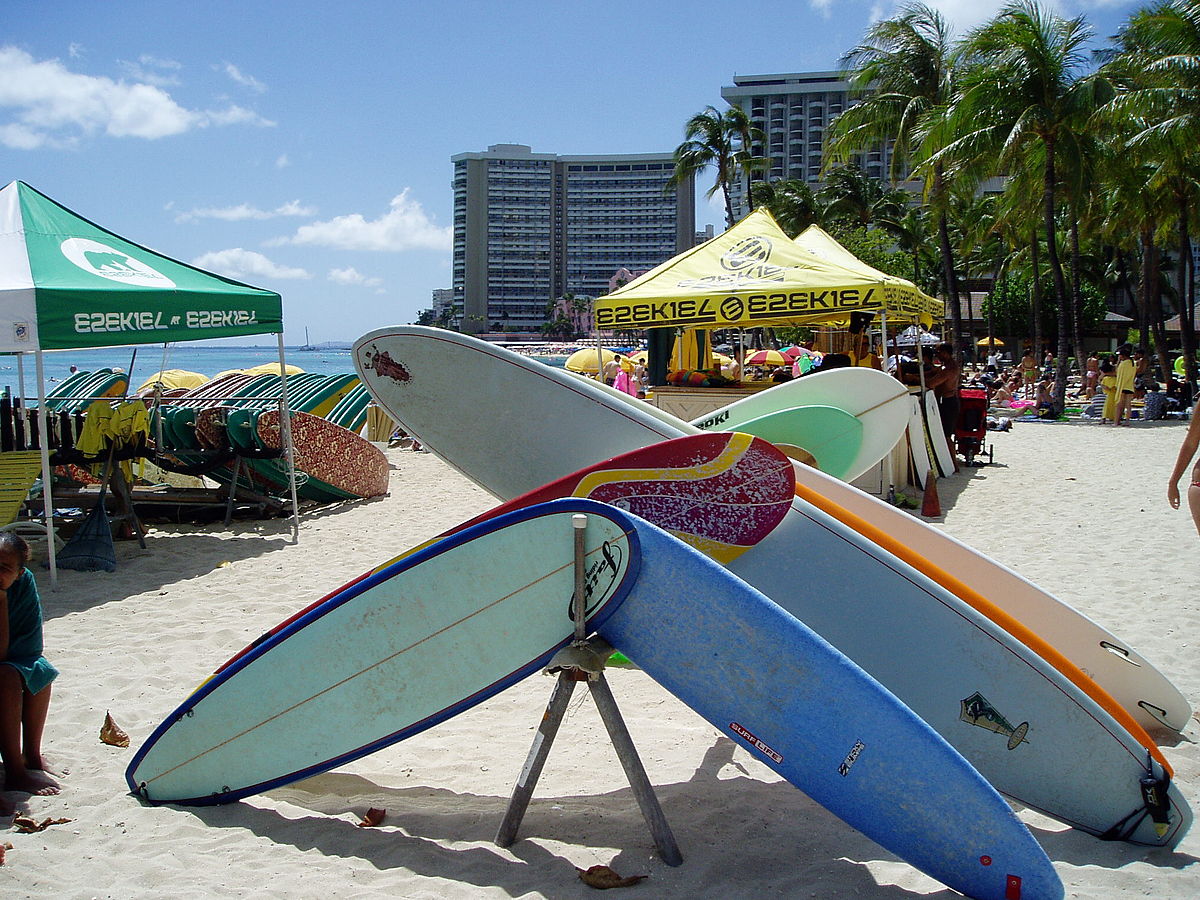In the face of a well-chosen surfing manner and a proper state of the sea, the surfboard displacement hull features can be considered a winning solution.
The surfboard bottom design is an interesting topic for study and is worth discussing with an expert.
Stewart Hall talked to us and tried to explain the distinctive features of displacement hulls and the need for their research.
Table of Contents
Gliding
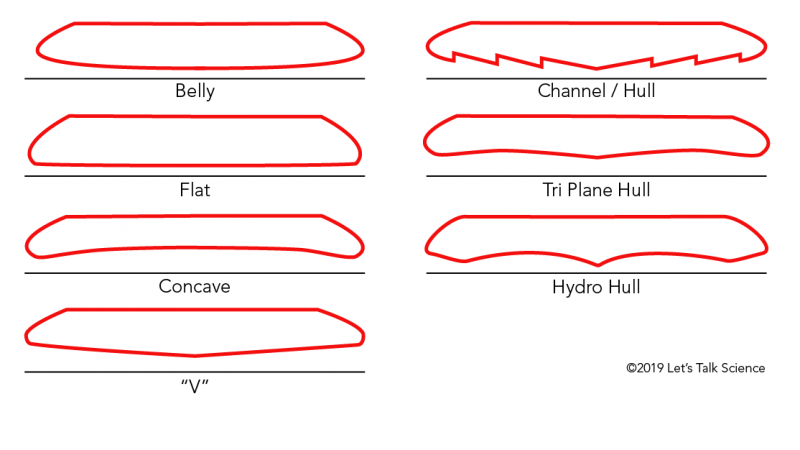
As compared to a planing hull, the fundamental difference of a displacement hull lies in the technical specifics of surfing through the waves.
A displacement hull is marked by a bumped or convex bottom line and a planing surface. This surfboard hull construction does not let you ride the crest of the waves as opposed to a planing hull.
On the contrary, this surfboard construction implies plowing through the water. As the surfboard gains pace, a tail of the displacement hull submerges deeper due to the “dint” left in the sea whilst the rider heaves ahead.
A planing hull, alternatively, has a flat or concave bottom. Such a hull allows the surfboard to float at a height of the waves and the surfboard turns out to be nearly gliding through the sea surface.
Surfing
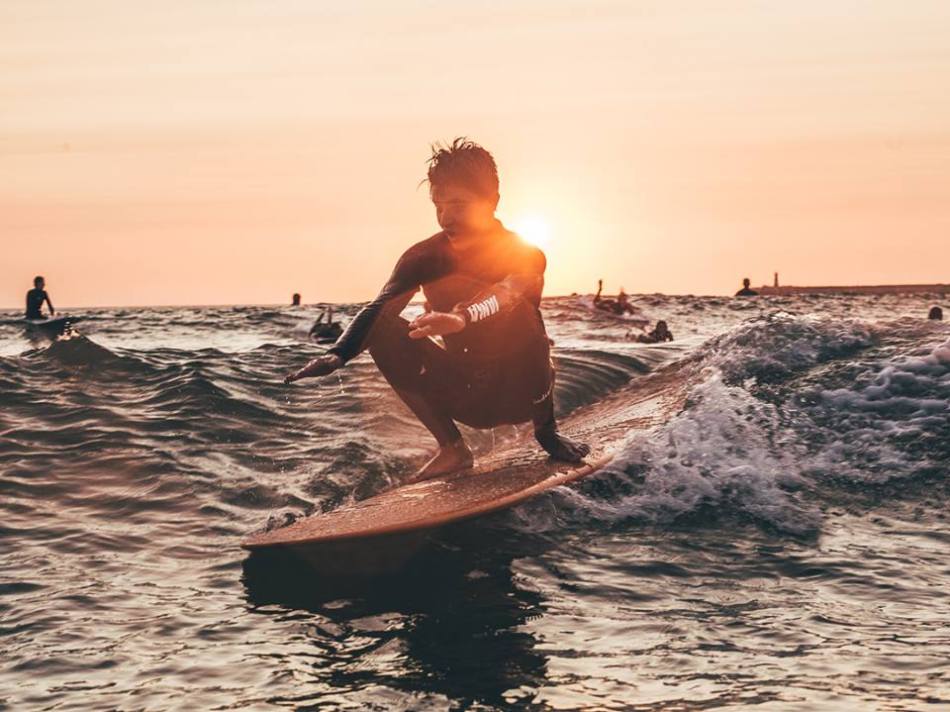
A displacement hull gives the rider a unique experience in comparison with a common surfing practice of most modern surfers. That is a sense of synergy, close collaboration, and engagement with the wave.
Stewart Hall found time for us and gave explanations about the basic differences and peculiarities of the displacement hull.
“The more speed a surfboard gathers, the more it drowns underwater,” says Hall.
“And as you handle the situation, it’s essential to keep in mind the speed restriction. Think, for instance, of a sailboat. If you exceed the acceptable hull speed barrier, the boat will pretty much sink underwater.”
“The more displacement there is the deeper in the water you are, and the tighter grip you get. On the other hand, the less you dip in the water, the more you loosen control. It’s like walking a fine line.”
“An actual water displacement surfboard basically demands surfing in the mid position. You need to ride it using your leading leg. Usually, a surfer can put pressure on the tail.”
“Performing on a displacement hull, you have to shift the weight on your front foot, submerge the rail and go with the flow. It takes a lot to adapt to the new surfing style.”
“But once you cope, the feeling is incredible. It actually feels like making your way through the waves. You’re more intimately involved in the process and blend seamlessly.”
Making Turns
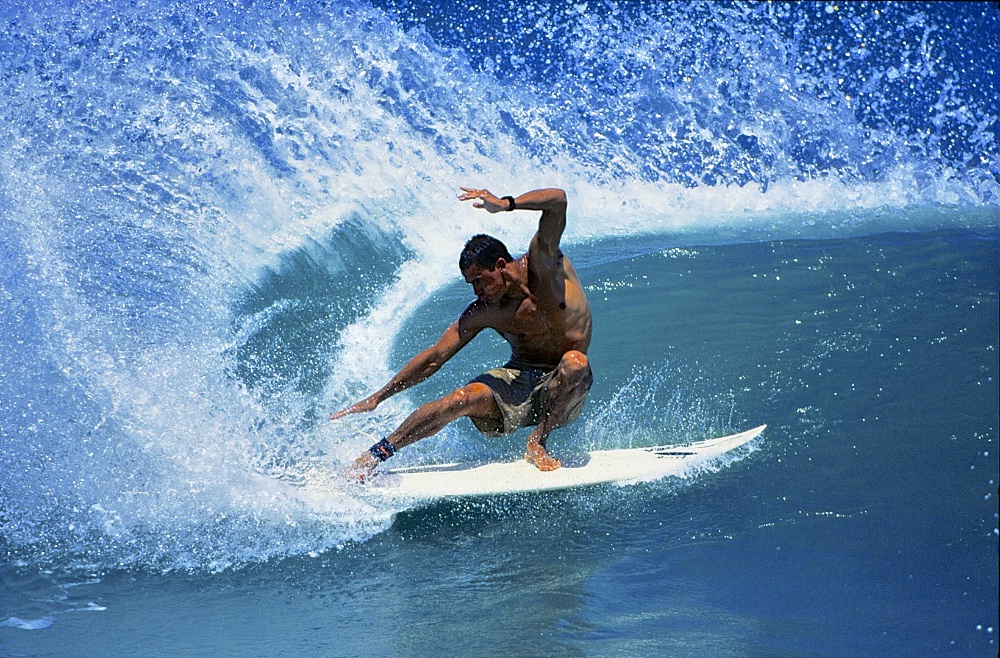
A traditional skimming surfboard expects a surfer to lean heavily on a far side leg reckoning upon fins to make the surfboard turn.
As Hall mentioned earlier, a displacement bottom calls on thorough involvement of rails. With such a displacement design, the rail performs the function of a fin.
Displacement surfboards have begun to appear fitted out with firm bi-concave fringes at the surfboard back-end that facilitates the turning manoeuver with rear bearing.
Suitable Settings
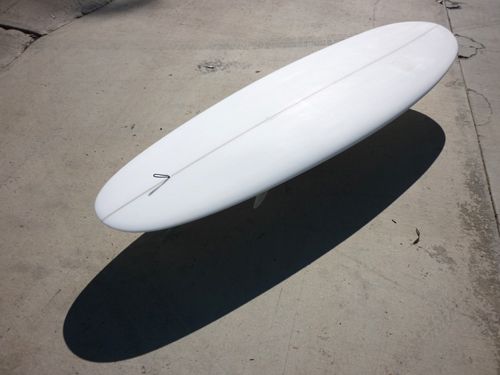
A displacement hull offers a splendid occasion to surf in a light swell. Making your way through the wavelets consumes not as many efforts as skimming your surfboard atop of the waves.
That’s why gentle seaways create a welcoming surfing environment.
At the end of the 1980s, various designers built displacement bottoms that could put a strong performance in a wider variety of waves. Anyway, these displacement surfboards will do the marvelous things given a significant opportunity.
Summary
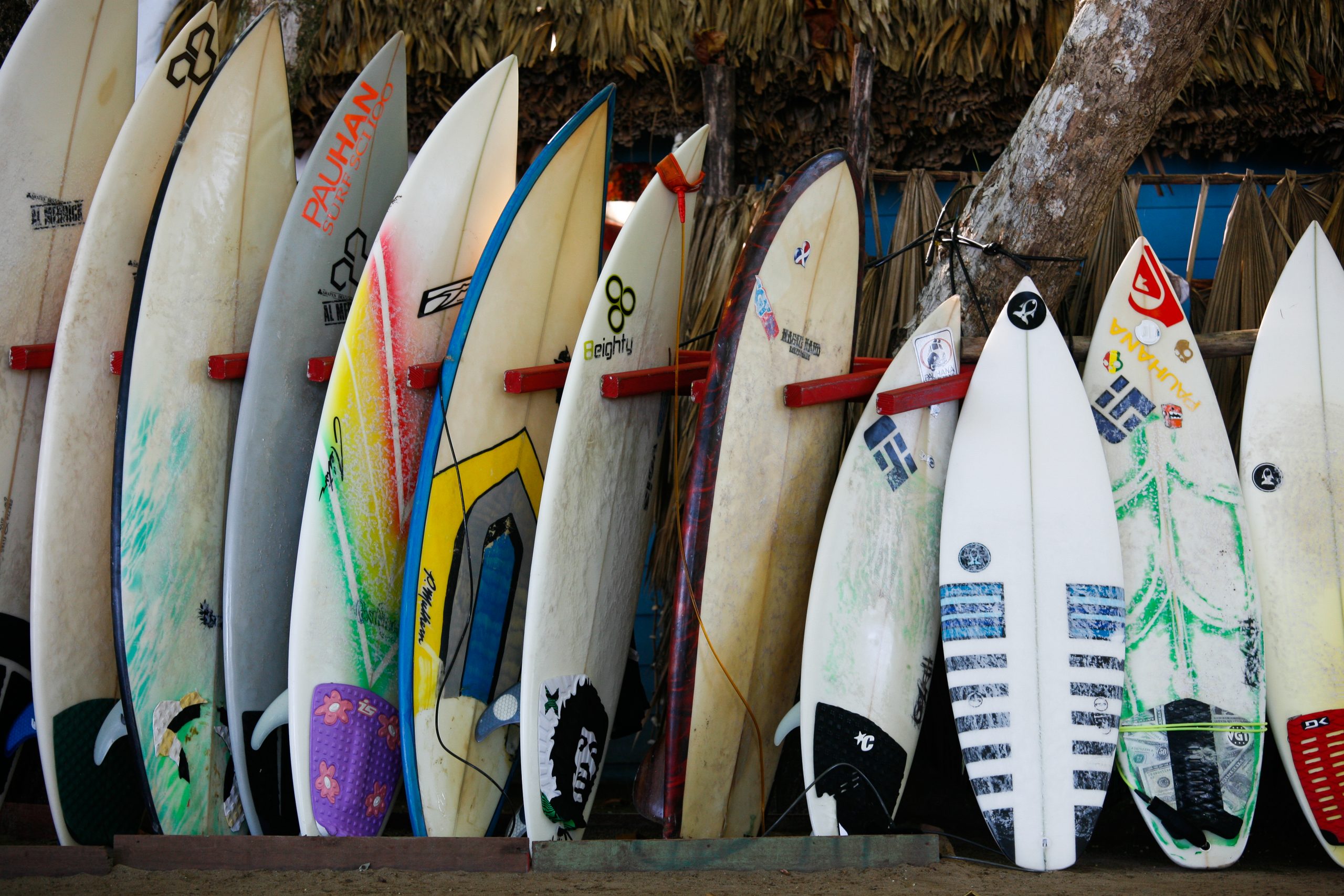
As of now, a proper glider hull is a recent trend among the most advanced surfboards.
However, it’s essential to remember there are multiple choices available. A displacement hull configuration gives a sense of a strong interrelation with the wave, just as the rail-supported turning makes you practice both tough and enjoyable.
Why don’t you have a go? It may become another surfboard to enlarge your collection and enrich your surfing pattern.




